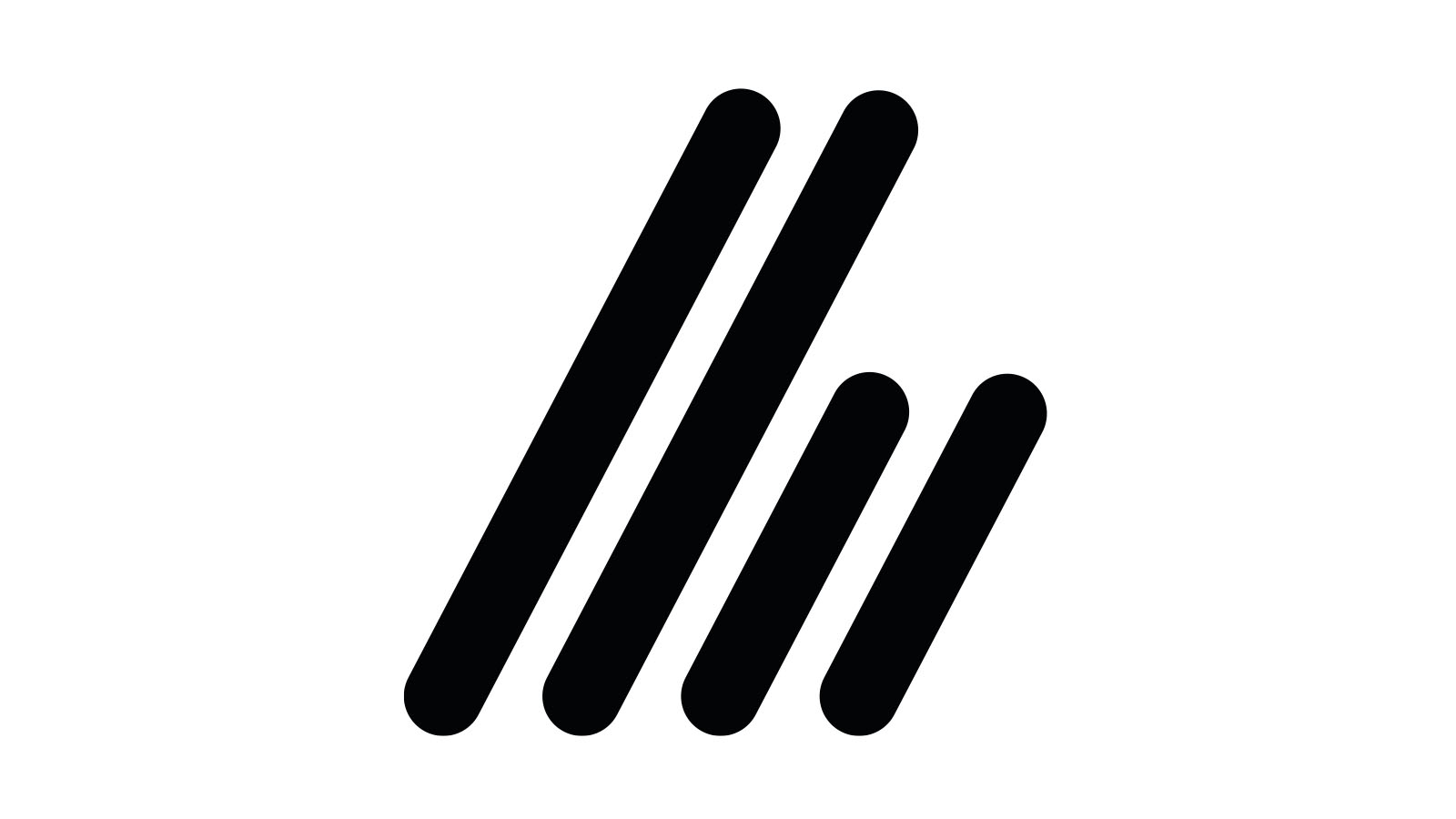The rise of Streetwear
In 2020, the lines between Streetwear and High Fashion have never been more blurred. What was once considered counterculture reserved for rebellious youths populating half pipes and pavements in a constantly expanding concrete jungle, is now commonplace on Parisian catwalks on the feet of stone faced models. Lorded and coveted by the flamboyant class of socialites they can’t help but attract, and the ever increasing number of ‘self made’ influencers using the internet as a launching pad for their careers, wearing these brands like a name tag for their first day at work. Streetwears growing influence on fashion as a whole really shouldn’t be understated. In 2017 Virgil Abloh, the creative behind Off-White – in an interview that would foreshadow his success in years to come – described Streetwear as “having a conversation” with fashion and culture. Identifying the promise of a new space he was excited to help define, one led by the consumers increasing knowledge and enthusiasm for the industry. An understanding and incitement that ultimately led to his status quo altering appointment at Louis Vuitton, one that would redefine the term Streetwear forever. A milestone for Streetwear that marked their greatest victory, for one of their most prodigal sons. The road to now for advocates of streetwear has been undoubtedly long but brands old and new – as well as the consumers who champion them – are very much, and more than ever reeking the benefits from fashion’s most liberal and diverse form to date.
Genre bending sportswear has never been more prevalent, with its impact increasingly far reaching. What became global in the 1990s essentially as casual wear, growing initially from California surfskate culture and the New York Hip Hop scene to encompass elements of sportswear, punk and Japanese street fashion. Has stood for almost 30 years as the most diverse and constantly evolving subculture the market has ever seen. Driven by exclusivity through intentional product scarcity, in much the same way the trainer world is, streetwear has become an extremely tradable commodity, with each item limited availability making each look ultimately unique and endlessly coveted. For long term advocates of streetwear culture, the appeal is simple and its emergence in the mainstream is long overdue. Long gone are the days where fashion culture is dominated by idealism, underpinned by a desire to look the same. In contrast streetwear allows everyone to stand out. Mix matched patterns and prints, contrasting colour palettes and differing fits are all common place in streetwear in 2020, and all of which are deployed to allow the consumer to be part of a movement while existing as an individual. Every look is customisable and items like hoodies, bum bags and khakis have made it cool to be comfy.
Streetwear is more comparable with the footwear world than anything you can identify in mainstream fashion, and ultimately it bridges the two spaces. Collaboration between streetwear brands across some of the hottest silhouettes in the game are rife, and their appeal is easy to sell to the consumer. These brands have completely changed the fashion space for the better, challenging the establishment and showing that you don’t have to be a traditional label from Paris or Milan to make a splash globally, and brick and mortar stores in much humbler locations have in fact housed some of the current generations most exciting creative minds. Here are just a few of the Streetwear brands continuing to etch the fashion landscape in 2020.
Off-White
The most logical place to start, is with a man who undoubtedly deserves a place on the streetwear Mount Rushmore, Virgil Abloh. Initially founded under the name Pyrex Vision in 2012, before being rebranded as Off-White. Abloh’s creative acumen and increasingly impressive designs associated with the label landed him not only a high profile collaboration with Nike – charged with rivalling the success his friend and mentor Kanye West was having at Adidas – but ultimately led to his aforementioned and industry altering appointal at Louis Vuitton, a milestone that although shocking, was not without merit.
As Off-White exists in 2020 as one of the faces of modern-day streetwear, with its ironic Helvetica branding becoming instantly recognisable to even the most casual of fashion enthusiasts. Although described by many as a luxury fashion brand, the ethos Off-White lives by is clearly targeted at the streetwear space, and appeals directly to the consumers who populate it. Equal parts satire and innovation, Off-White leans on its “Everything in quotes” motif. An aesthetic that is as much a social commentary as it is a fashion trend. Pointed at the notion that everything is ironic, and that fashion at its core should be whimsical, playful and not to be taken as seriously as it is in high fashion. It’s appeal hinges on the idea that the consumers are ‘in on the joke.’ Breeding a cult like following, and an unrelenting loyalty to the brand that has solidified Off-White as mainstays on the majority of people’s top 5’s.
Commonly seen pieces like sweatshirts and hoodies make up the bulk of the Off-White catalogue. All doused in the same aforementioned design queues. A language that has made seemingly “basic” items rise to the very pinnacle of the fashion world. Associated as part of the normcore movement which has spanned every subgenre of fashion itself, Off-White makes the ordinary, extraordinary, by unpick the foundations that it is has been built on. Deconstructive in more ways than one, as the DIY aesthetic that spans almost every aspect of the brands portfolio, from its clothing to its collaborative “The 10” Collection with Nike, is more than just an aesthetic. It is a challenging of the status quo, and an incredibly successful one. Having collaborated with other high profile clothing brands like Jimmy Choo, Vans, Levi’s and Timberlands as well as transcending genres, by working with Evian and Ikea to list just some of Off-Whites ever growing list of impressive credits.
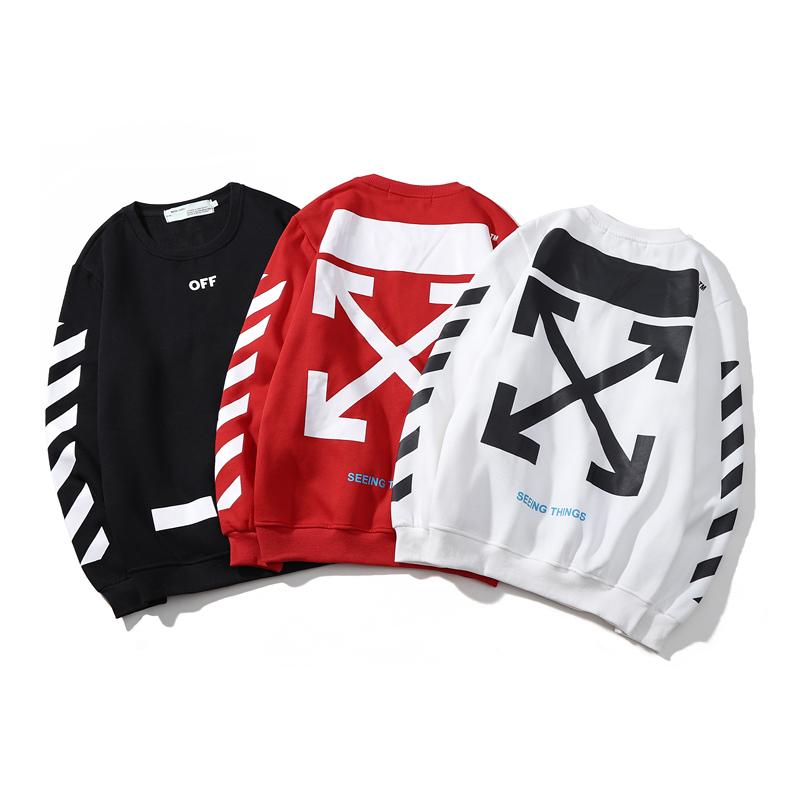
Supreme
When you are into streetwear, you are really, into streetwear. We have already spoken about how a brand can gain a cult like following. Well, there really is no better example of that than with Supreme. Established in New York City in 1994, the brand was initially created with skaters in mind, with their first brick and mortar store layout taylored to allow board customers to literally roll right in, with all their products displayed around the perimeter, allowing ample floor space in the middle. These humble beginnings for Supreme are ultimately all but forgotten in 2020. With the Supreme brand arguable contributing to altering streetwear culture more than any other. Championing the low supply, high demand model that we have seen become ever present in the fashion industry, most notably in the footwear space. You can make several parallels between Supreme and the brand we have just been talking about, Off-White. Make no mistake however, Supreme was very much an originator, existing as one of a kind and first in its class since the early 2000s.
Catering to a customer base with ties in the surf, skate and hip hop worlds. Supreme identifies clearly what makes a good streetwear brand. Classic shapes, ideal for casual wear are all almost exclusively featured in the Supreme catalogue, all imparted with the now world renowned and globally recognised red box “Supreme” logo in white Futura Heavy Oblique (largely based, on Barbara Kruger’s propaganda art) a font so stylised, it is difficult not to associate it with the brand wherever you see it. Interestingly though despite the depth of the brands design archive, it is for their non wearable pieces that create the biggest buzz in 2020. Supreme have for sometime now believed they can make anything marketable, and they continue to challenge and ultimately highlight the blind consumerism the industry is benefitting from in a rather remarkable way. Making all manner of useful and seemingly useless items available via their weekly Thursday drops. Supreme branded bricks, spades, snorkeling equipment, fishing hooks, skate decks, baseball bats, and playing cards are just some of the items that have featured. All of which sold out immediately, ultimately due to two factors, their branding, and their availability. What Supreme and so many other brands have been able to capitalise on is an ever increasing facet of customer tendency. Proving pretty unequivocally that people are paying for a label.
It isn’t to say that Supreme in anyway devalues the importance of quality design, and thoughtful marketing, but with its accessories range, it continues to benefit from a customer base that are blindly loyal and faithful to the Supreme logo, however ironic they think they are being. Supreme would still be a huge success without the novelty items, in fact their clothing range is still nearing the top of its class in skate and hip hop circles. The thing that makes it so influential however, is just how telling its story is, and how important its marketing has been in evolving the secondary market for all consumable products, whether that be clothing, shoes or all manner of accesories.
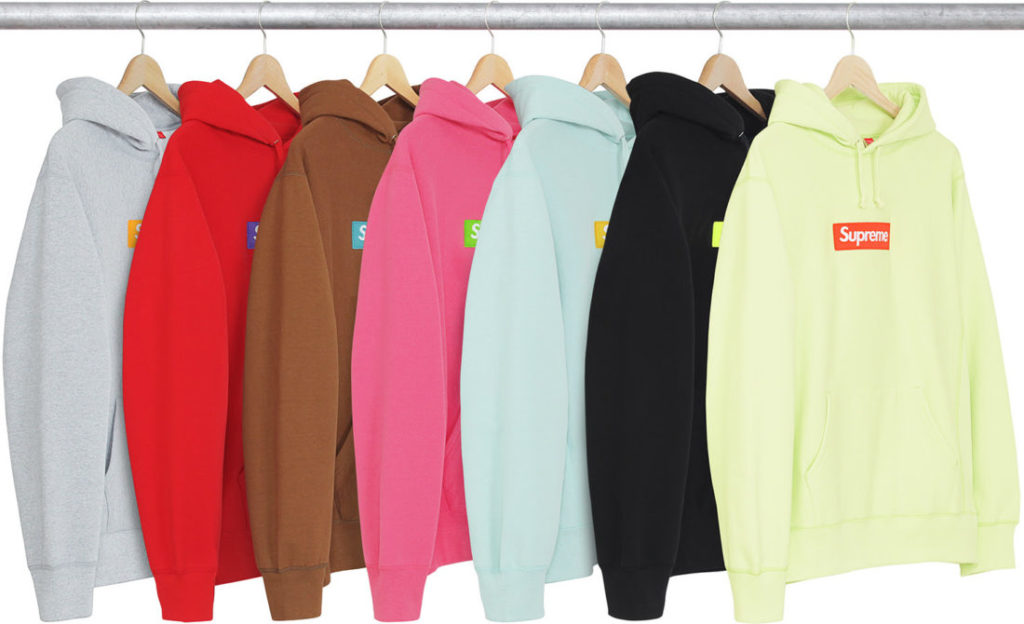
Stussy
Having a conversation about streetwear, in my mind, is almost impossible without talking about Stussy. As streetwear, in its purest sense, may never have been possible if it weren’t for Californian surfer Shawn Stussy. What began out the back of his car in Orange County, selling handmade boards and surfer apparel with his scrawled signature on each piece quickly developed into one of the original streetwear brands. The thing that made Stussy so appealing in the early years is its connection with its audience. Shawn Stussy is a surfer, and he was creative surf apparel for surfers. A crazy concept I know but where in high fashion the pieces are a lot more abstract aesthetically it’s unclear as to how they are actually expected to be styled. Making them noticeable more pretentious. Whereas streetwear brands like Stussy are a lot more grounded, making ultimately more appealing to a wider audience. It is that bond with its customer base that has made Stussy a mainstay in the streetwear space. With an expanding range of tee’s, hoodies and hats it has since branched out from just the surfer centric, and has been adopted by other subcultures represented within streetwear, like the urban Hip Hop scene and the closely linked Skater scene.
Moreover, Stussy has also been embraced by the Punk subculture. In an interview in 1992 Stussy himself said “Everybody calls it surf wear, or urban streetwear, or surf street… I don’t name it, and I don’t name it on purpose.” Perhaps showing a clear indication as to why Stussy has been so lastingly successful. It is streetwear that can be styled by anyone, for any purpose and yet still feels specific to each. When you talk about streetwear it is an amalgamation of types of people, interests, locations in a lot of cases. So it is only fitting that the perfect streetwear is as diverse in its application.
BAPE (A Bathing Ape)
The beauty of streetwear is that it translates wherever you are in the world. Some trends are culturally significant to a specific region, or country, but streetwear is noticeable transcendent. When you break down the word you start to understand why, in literal terms it is casual wear, worn on the streets. Now that could be a number of urban landscapes, and could apply to various types of people. We have already identified several of the subcultures that populate and contribute to the streetwear space, and the list is constantly evolving. In Japan, the label most readily associated with streetwear is BAPE (or A Bathing Ape), and it is one that does a very good job of encapsulating so much of what we have been talking about.
Created by DJ and designer Nigo, BAPE in Asia is the gateway drug for teens looking to get into streetwear. Colourful and quirky, BAPE is famous for its iconic camo print and bizarre design motifs – like it’s impossible to ignore shark hoodie. Designer Nigo draws a lot of his inspiration from popular culture, having previously cited his early influences as Elvis, The Beatles, Run DMC and the Beastie Boys. BAPE has consistently collaborated with and featured some of the world’s most iconic characters from popular media. SpongeBob Square Pants, Marvel Comics, Nintendo, DC Comics and Hello Kitty have all been subjects in A Bathing Ape designs, and offers a crossover appeal that is quintessentially Japanese. In places like Tokyo pop culture is rife, and BAPE is a snapshot of exactly that, popular characters are used to advertise everything and Anime is hugely popular. Making for one of the most playful and aesthetically childlike streetwear brands available. One that has had some pretty high profile admirers, having been enjoyed and styled by the likes of Flatbush Zombie, A$ap Rocky, The Weeknd and Biggie Smalls to name just a few. A direct partnership with Disney can’t be bad either!

Patta
Moving into Europe, Hollands very own Patta brand, situated right in the heart of the city of Amsterdam is world renowned for its contributions to the wider streetwear conversation. Opening its doors in 2004, Patta single handedly revitalised a stale streetwear scene in Holland, and its influence filtered into the rest of central Europe and then eventually the world. Founded by Edson Sabajo and Guillaume ‘Gee’ Schmidt as a means to provide themselves, as well as their friends and family with a steady supply of footwear and gear, what started as a hobby and quickly flourished into a thriving business and recognisable brand. Both prominent figures in the Dutch Hip-Hop scene in the 90’s and early 2000’s, Edson as a DJ and Gee as host/MC. Their shared experience and understanding was fundamental in helping to grow Patta into what it is today.
Like the majority of brands on this list Patta’s beginnings were humble. Applying their logo to a small batch of t-shirts for friends, family and loyal customers. Demand was unexpectedly higher than anticipated once their designs saw the light of day, with their quintessentially European blend of streetwear quickly appealing to the masses. Out of love and necessity rather than profit and novelty, Patta leans on quality over quantity. With each piece meticulously designed and lovingly crafted. Very much designed for the people by the people. What makes Patta so important contextually however is the relationship they have with each of their brands items. To the designers at Patta it is more than just a piece of cotton, it has a certain meaning, and a value that brings a bit of culture and lifestyle. Design that tells a story, that holds connotations, and is ultimately layered and thought provoking from its inception.
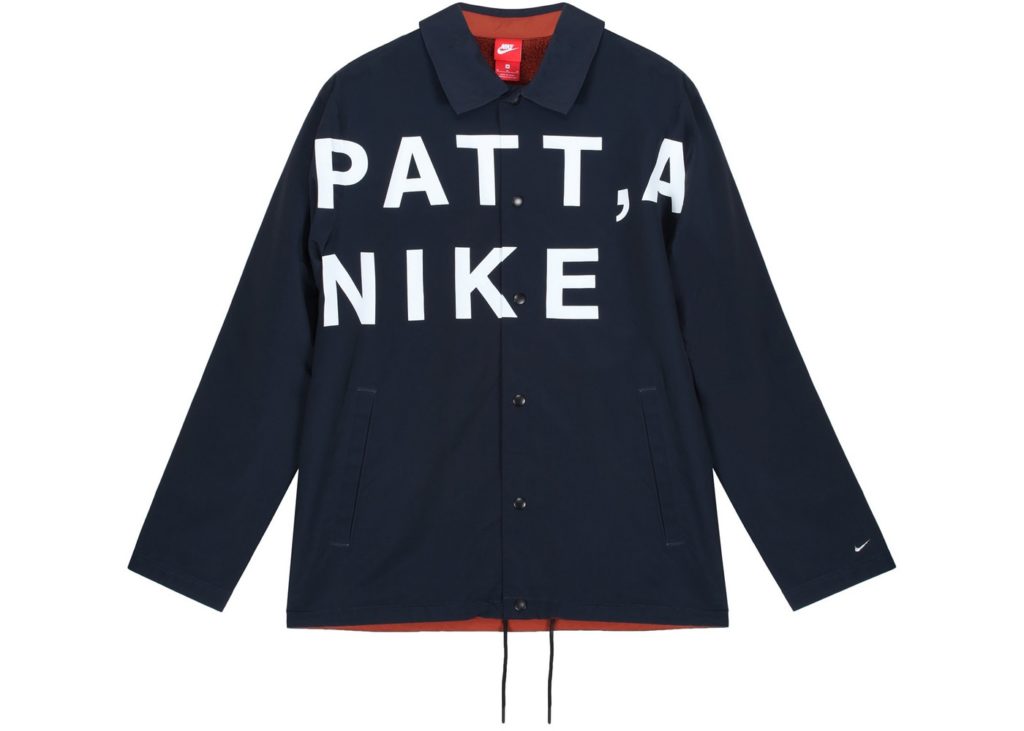
Palace
Continuing our global exploration of streetwear we cross the channel into England. A place that however small, is as diverse and culturally stimulating as anywhere on Earth. Hailing out of the capital London, is Palace, founded in 2009 under the guise of a skateboard shop, what started as a brick and mortar store as so many before them, quickly developed into a fully fledged independent clothing brand. Founder Lev Tanju when asked about Palace said: “I had a gap decade after college, just skating and doing fun shit. Then one day I decided that I was a bum and I had to do something. I started designing some board graphics for people I live with. Then half way through designing them I thought to myself that maybe I should just start a skate company.” A nonchalants however coy it may seem actually encapsulated everything the UK streetwear space loved and still loves about Palace. It relates to the individuals it helps style.
Heavily influenced by both skate culture and 1990s nostalgia, the Palace brand is grunge in comparison to its equivalents across the pond. Trading the bright colours of surf culture for a much more urban DNA. Where as a lot of streetwear brands are West Coast inspired, Palace is very much conceived and built in a concrete jungle, having ties in Grime and rave culture. Parallels can be drawn between Palace and one of the most influential skate brands in the world Supreme. As they deploy a drop system for new products. Palace dropping new products every Friday morning, commonly selling out within minutes, making Palace to this day one of the UKs biggest exports in the streetwear space.
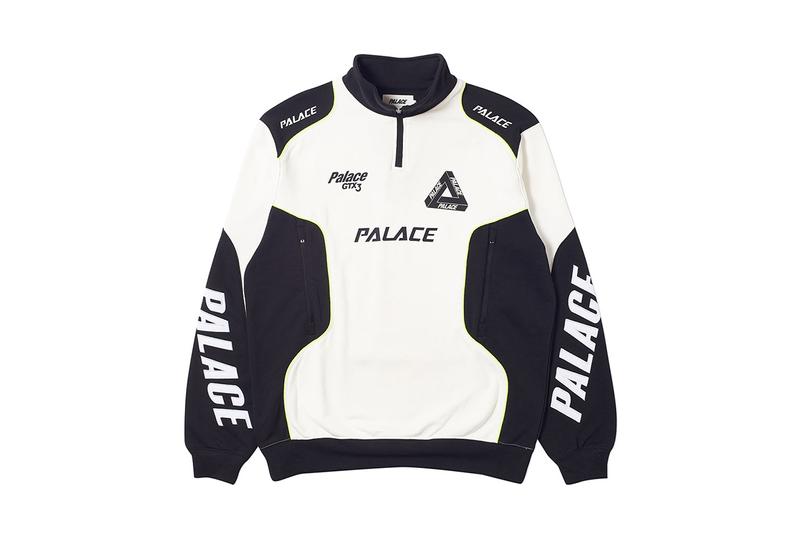
Stone Island
From UK born and bread to adopted by the UK. Stone Island is one of the oldest streetwear brands on this list, and originates from Italy. Started by Massimo Osti in 1974 under his first label C.P. Company, Stone Island was originally a diffusion line of his main label. Specializing in surface treatment of fabric and dyeing techniques. Not very streetwear to say the least. Since then Stone Island has become an entity all of its own, and from the year 2000 onwards the badge has become pretty iconic around Europe but most notably in its adopted home of England. For around the mid 90s and early 2000s the Stone Island brand has been popularized by the football casual subculture, and has often been linked to football hooliganism, due to its feature in films such as Green Street Hooligans, and The Football Factory.
In terms of the brand as a whole it quintessentially European and doesn’t translate amazingly in North America. With items such as crew neck jumpers and parkas making Stone Island perfect for grey away days and pub antics. I’m not sure Stone Island would sit well in the pay to play 3G pitches of American Soccer. Stone Island has been adopted by the terraces and has a further cult following in mod culture, and general nostalgic feels. Although adopted by superstar Drake, this was more to ingratiate himself to the London Grime culture he penetrated in 2017 rather than an attempt to in anyway change public perception of Stone Island across the pond.
The North Face
Speaking of iconic coats, you don’t get anymore recognisable in terms of shape than a North Face puffer. We have spoken about a lot of different brands already, all of which bring a unique perspective to the table when we talk about streetwear more broadly. Every little nuance helps create a layered and diverse streetwear landscape. You can talk about influences from Hip Hop music and surfing, skateboarding and popular culture but one aspect of streetwear which is actually beginning to feature more and more frequently as we begin to traverse a new decade in 2020 is that of the outdoorsmen. With one of the most high profile proprietors of this being The North Face. Initially launching in 1966 as a climbing equipment retail store in San Francisco, the brands lineage has its roots deep in a much more practical field. Fast forward to 1997 however, and we begin to understand the story of The North Face attire.
Expanding beyond technical clothing designed for skiing, climbing and other outdoor pursuits, a changing of ownership at the brand had wanted to devote a small part of the company’s operation to raising its profile in other fields – notably in the New York City hip hop scene. The change up that ultimately led to this mountaineering brand being considered one of the most coveted streetwear icons on this list however is its knack for nailing brand hookups. Producing items that often go on to become “grail pieces.” A clever and increasingly underrated skill in an industry that has more collaborations than I’ve had hot dinners. Primarily due to the strength of their choice of contributors. Frequently collaborating with Supreme, while consistently enlisting the help of renegade talent to create new and interesting garments for its Japanese “Purple Label” line, as well as teaming up with veteran designer Kazuki Kuraishi as part of The North Face “Black Series”. It really doesn’t take much when done correctly to turn the fortunes of a seemingly out of the picture brand to a big player in the streetwear scene.
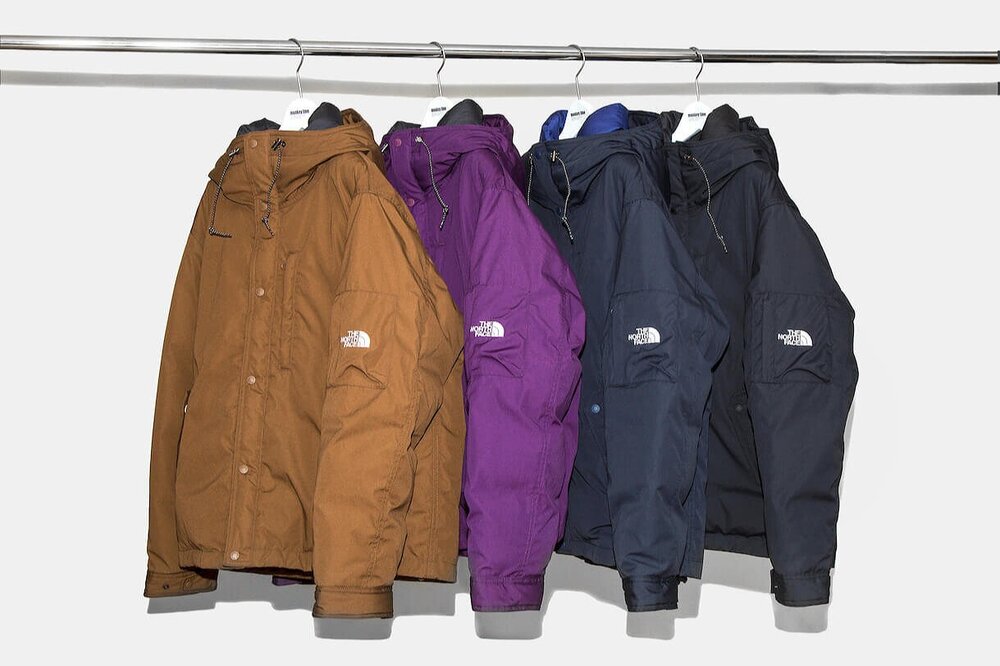
It really is a difficult task to try and summarise the incredibly diverse and interesting world of streetwear in just one article. What I like to think I have done is serve you up a couple of entrees to wet your appetite. Streetwear is globally accepted and growing by the day, there really is no wrong answer when it comes to styles, inspirations and influences that all come together to form the brands we all know and love. There are as many brands as there are subcultures and there truly is something for every consumer. Streetwear changed the game by putting the people buying the product back in the driving street, and that can never be a bad thing. Relatable, accessible, and ultimately really cool.
